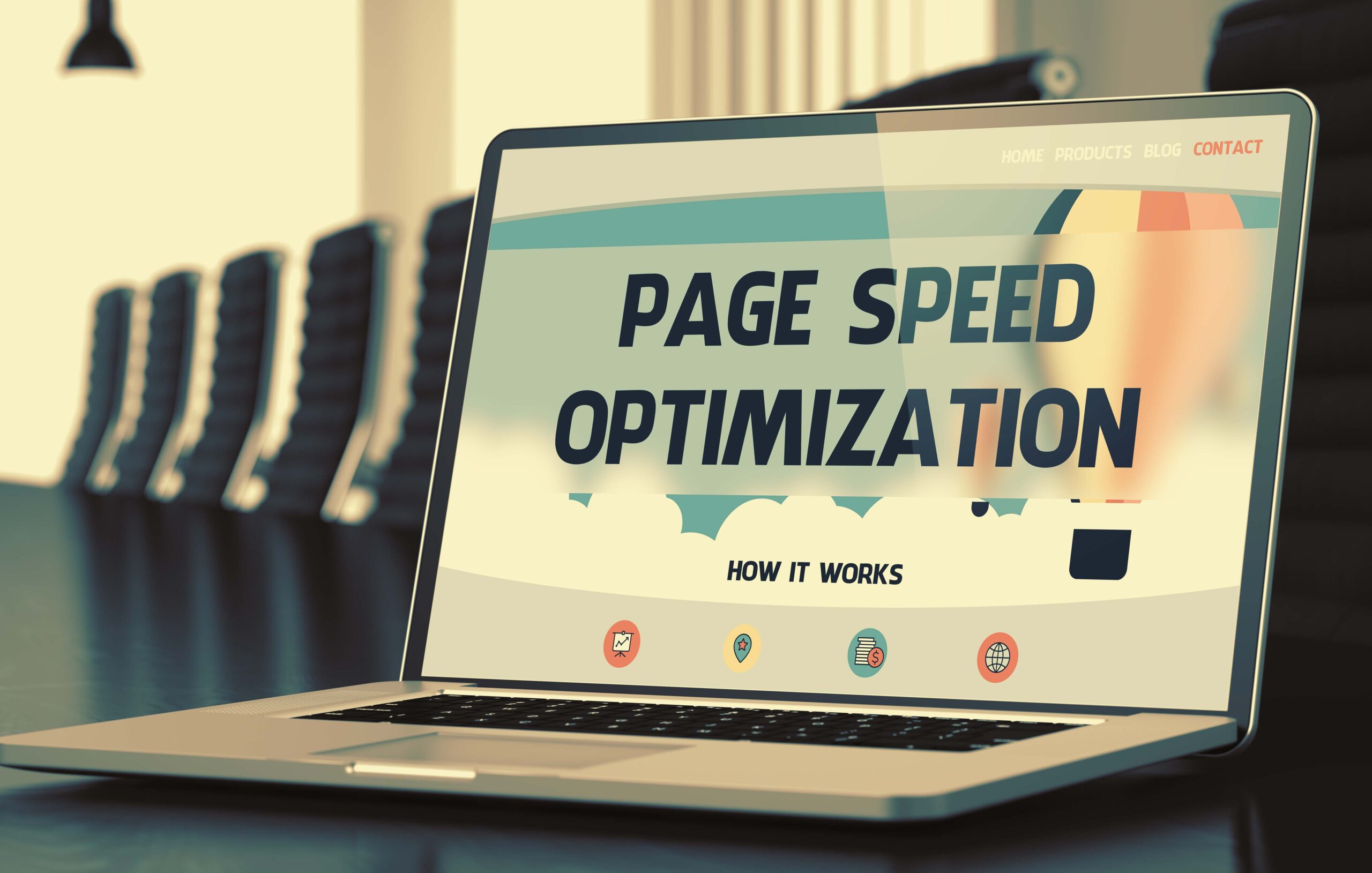In an age where attention spans are dwindling and impatience reigns supreme, the loading speed of your website can make or break user experience. A delay of just a few seconds can lead to increased bounce rates, decreased conversions, and lost revenue. As such, optimizing your website for fast loading speeds is essential for maintaining a competitive edge and ensuring a positive experience for your visitors. In this blog, we’ll explore the importance of website speed and provide practical tips for optimizing your site.

Table of Contents
ToggleThe Importance of Fast Loading Speeds
- User Experience: Users expect websites to load quickly. According to studies, 53% of mobile users will abandon a site that takes longer than three seconds to load. A fast-loading website creates a smooth and enjoyable experience, encouraging users to explore your content rather than leave in frustration.
- Search Engine Rankings: Search engines like Google consider page speed as a ranking factor. A faster website can improve your search engine optimization (SEO) efforts, helping you rank higher in search results and driving more organic traffic to your site.
- Conversion Rates: Fast loading speeds are directly linked to conversion rates. Research indicates that even a one-second delay in load time can result in a 7% reduction in conversions. Whether you’re running an e-commerce site or a lead generation platform, optimizing speed can significantly impact your bottom line.
- Mobile Performance: With an increasing number of users accessing websites on mobile devices, fast loading speeds are even more critical. Mobile users often rely on cellular networks, which can be slower than broadband connections. A mobile-optimized, fast-loading website can help you capture and retain these users.
Tips for Optimizing Website Speed
- Choose a Reliable Hosting Provider
The foundation of a fast-loading website begins with your hosting provider. Invest in a reputable hosting service that offers optimized performance. Consider options like dedicated hosting or cloud hosting, which can provide better resources and speed compared to shared hosting.
- Optimize Images
Images often account for a significant portion of a website’s load time. To optimize images:
- Compress Images: Use tools like TinyPNG or JPEGmini to reduce file size without sacrificing quality.
- Use the Right Format: Choose the appropriate file format—JPEG for photos, PNG for images with transparency, and SVG for logos and icons.
- Implement Lazy Loading: This technique delays the loading of images until they’re visible in the viewport, improving initial load times.
- Minimize HTTP Requests
Each element on your webpage (images, scripts, stylesheets) requires an HTTP request. Reducing the number of requests can significantly improve load speeds. You can do this by:
- Combining Files: Merge CSS and JavaScript files to minimize the number of requests.
- Using CSS Sprites: Combine multiple images into a single image file to reduce the number of requests made for loading graphics.
- Enable Browser Caching
Browser caching allows your site to store certain files locally on users’ devices. This means that when a user returns to your site, the browser can load cached files instead of downloading them again. To enable caching:
- Set cache expiry dates for files like images, JavaScript, and CSS.
- Use caching plugins if you’re on platforms like WordPress (e.g., W3 Total Cache or WP Super Cache).
- Minify CSS, JavaScript, and HTML
Minifying files involves removing unnecessary characters, comments, and whitespace from code without affecting functionality. This reduces file sizes and improves load times. You can use tools like Minify or UglifyJS for this purpose.
- Use a Content Delivery Network (CDN)
A CDN distributes your website’s content across multiple servers worldwide, allowing users to access data from the server closest to them. This reduces latency and improves load times, especially for global audiences. Popular CDN services include Cloudflare, Akamai, and Amazon CloudFront.
- Limit Redirects
Each redirect generates additional HTTP requests and increases load times. Limit the use of redirects and ensure that they point to the most relevant and up-to-date pages. Audit your website for unnecessary redirects and eliminate them where possible.
- Optimize Your Code
Clean and organized code contributes to faster loading speeds. Remove any unused code and optimize your scripts. Regularly review your website’s codebase and refactor it to ensure optimal performance.
- Monitor and Test Your Site’s Speed
Regularly test your website’s loading speed using tools like Google PageSpeed Insights, GTmetrix, or Pingdom. These tools not only provide speed metrics but also offer recommendations for improvement. Use this data to continually optimize your site.
Conclusion
Website optimization for fast loading speeds is essential for providing a positive user experience, improving SEO, and maximizing conversions. By implementing the tips outlined above, you can significantly enhance your website’s performance and keep users engaged. In a fast-paced digital landscape, ensuring your website loads quickly is not just a technical requirement—it’s a vital aspect of your business success. Invest the time and resources into optimization, and watch as your website transforms into a powerful tool for growth and engagement.


No responses yet